Apihai Te Kawau
He tupunaApihai Te Kauwau
I whānau mai a Apihai Te Kawau i te pito hurumutu o te rautau tekau mā waru. Ko Tarahawaiki rāua ko Mokorua ōna mātua, ā, ko Tuperiri tōna tupuna. Katoa ngā kāwai rangatira o Ngāti Whātua me Tāmaki Makarau i tau mai ki a Te Kawau, nā whai anō ka huaina ia ko te ‘man of many cousins.’
Nōna e rangatahi ana, ka uru ia ki te putakari ki a Ngāpuhi i Mōremonui. Ka mutu, ko ia tētahi o ngā pūwhero o te ope taua ka kiia ko Te Amiowhenua. I te tau 1821 i wehe ai Te Amiowhenua i Oneonenui ki te Kaipara. Ahakoa haere rātou ki hea, ka rere te patu, ka ringi te toto. Waihoki, he kiko tangata te urunga o Te Kawau hei ngaungau māna i te pō. I te tau 1822, ka hoki a Te Kawau me ana tāngata ki te kāinga.
I muri i te pakanga o Te Ika-a-Ranganui i te tau 1825, whakarērea ana e Ngāti Whātua ōna kāinga i Tāmaki Makaurau kei mate i a Ngāpuhi. Ka punanga ngā hapū o Te Kawau ki Waitākere ki Waikato ki hea rānei me kore e māwhe te riri. Heoi, muri iho i te matenga o Hongi Hika, ka hoki a Te Kawau me ōna hapū ki ō rātou kāinga ki Onehunga, Māngere, Horotiu me Orākei.
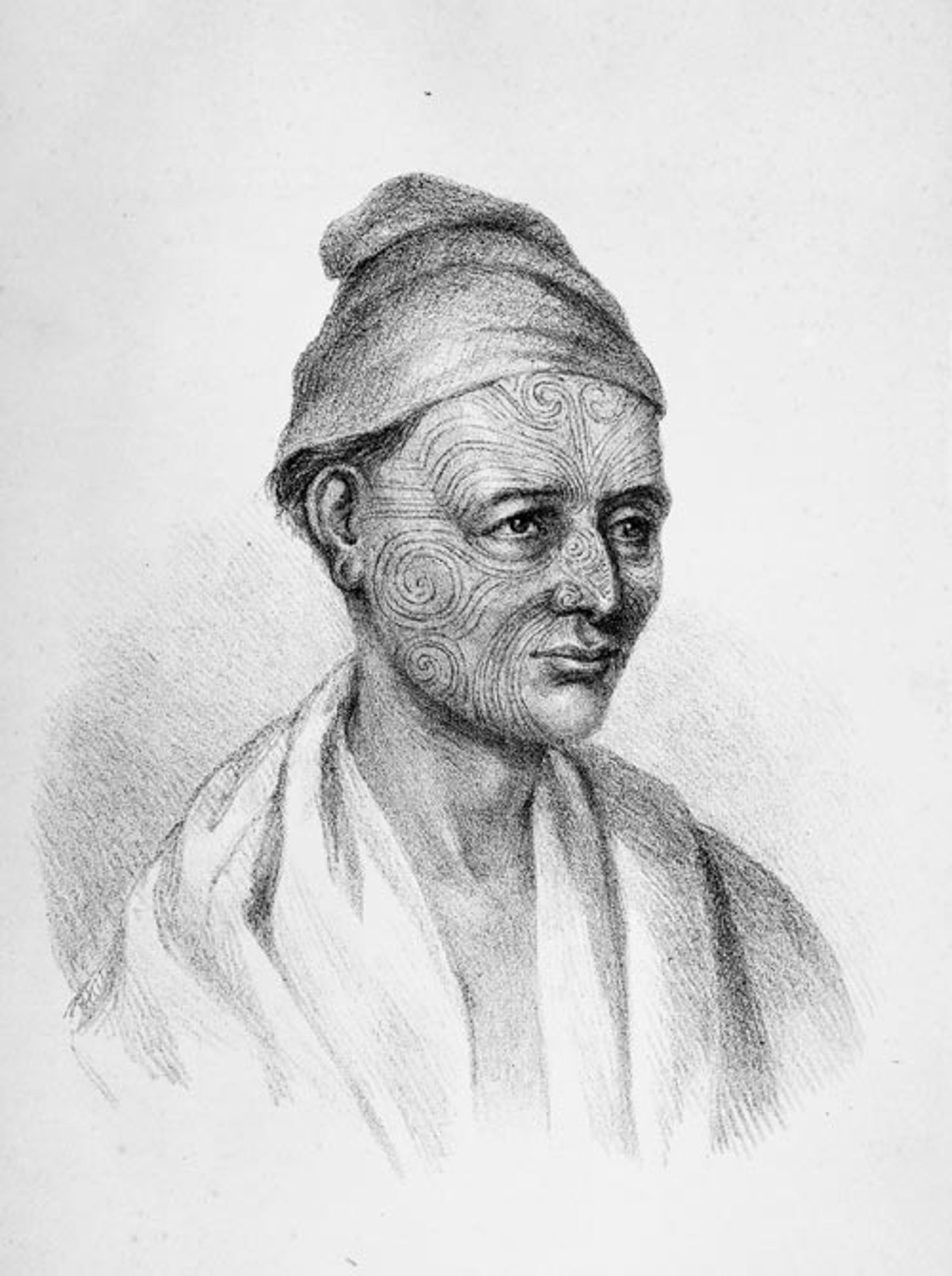
I te 20 o Maehe, i te tau 1840 i haina a Te Kawau mā i te Tiriti o Waitangi i Manukau. I muri tata iho, ka puta te whakatau a Te Kawau kia whakawāteahia he whenua hei kāinga mō te Pākehā. He kaupapa tērā i puta ai i te matakitenga a Tītai, nāna te kōrero “He aha te hau.” Mea rawa ake, tonoa atu ana ngā karere ki a Kāwana Hobson i Kororāreka me te rāhiri a Te Kawau kia whakatūria tōna kāwanatanga ki Tāmaki. I te 20 o Oketopa i tutuki i a Te Kawau mā tētahi poraka whenua e 3000 eka te tuku hei tāone hou mō te Pākehā. Ka mutu, ka noho a Te Kawau hei hoa ki ngā rangatira Pākehā o te kāwanatanga me te hāhi hoki. Nā Pīhopa Herewini a Te Kawau i iriiri ki tōna ingoa iriiri a Apihai, he ingoa toa tērā nō te paipera tapu.
I te tau 1852, ka eke a Apihai hei āteha, hei kai whakatau i ngā raru i waenganui i te Māori me ngā Pākehā. I taua wā tonu, ka huri kē ōna whakaaro ki te mahi hoko whenua, ā, ka whakahau ia i ngā Māori kia puritia ō rātou whenua. I te tau 1868, i riro i a Apihai te taitara whenua mō te poraka ki Orākei. He 700 eka te rahi o taua whenua whakamutunga o Ngāti Whātua. I te tau 1869, i mate ai a Apihai i Ongarahu ki te Kaipara. Ko Te Hira rāua ko Herawhakamana ōna uri.
English Transliteration
Apihai Te Kawau was born near the end of the eighteenth century. Tarahawaiki and Mokorua were his parents and Tuperiri was his grandfather. Many of the senior lines of Ngāti Whātua and Tāmaki Makaurau converged upon him. Hence he was called ‘the man of many cousins.’
It is thought while he was young he was involved in the battle at Moremonui. Furthermore, he was one of the principal chiefs of the Amiowhenua. The Amiowhenua departed Oneonenui in 1821. It is said, where-ever they went, bloodlust and extermination was their objective. Also, a piece of human flesh was Te Kawau’s pillow as a morsel to chew upon in the night. The following year, Te Kawau and his men returned home. After the battle of Te Ika-a-Ranganui in 1825, Ngāti Whātua abandoned their homes in Tāmaki in case of an attack from Ngāpuhi. They then sought refuge at Waitākere and Waikato until the war had ceased, however, after the death of Hongi Hika, Te Kawau and his kin returned to their homes at Māngere, Onehunga, Horotiu and Orākei.
On the 20th of March in 1840 the Treaty of Waitangi was signed by Te Kawau and others at Manukau. Not long after, Te Kawau said that land was to be made available for settlement by Pākehā. This aligned with the vision of the oracle Tītai whose prophecy was “He aha te hau.” Afterwards, messengers were sent to Governor Hobson at Russell with the invitation from Te Kawau to establish his Government at Tāmaki. On October 20th, Te Kawau and others completed the transfer (tuku) of 3000 acres as a new town for the settlers. Furthermore, Te Kawau would be a friend and ally to the leaders of Government and the Church. It was Bishop Selwyn who baptised Te Kawau with his baptismal name Apihai, a fighting chief’s name from the bible.
In 1852, Apihai was made an Assessor to adjudicate on issues between Māori and Pākehā. It was during this period that his thoughts changed regarding the sale of land and he urged Māori to hold their lands. In 1868, he was awarded the title of the Orākei block. 700 acres was the size of this last piece of tribal land. The following year he died at Ongarahu. Te Hira and Herawhakamana were his children.
Quick Links
Learn more about us
-
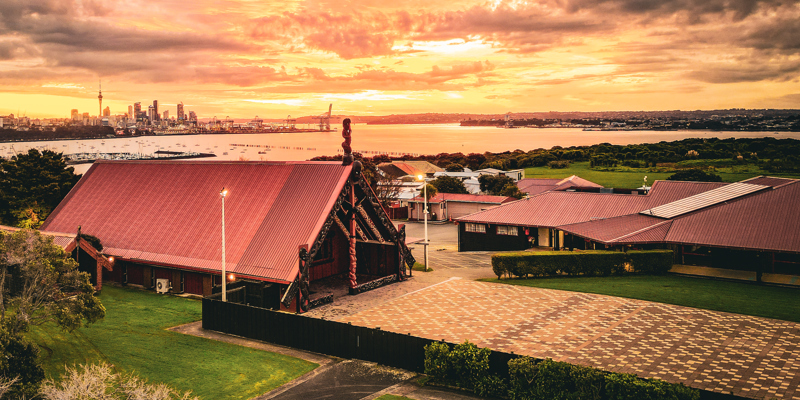
Ōrākei Marae
Steeped in history and surround by spectacular views over looking the Waitemata Harbor, Ōrākei Marae is the cultural hub for the people of Ngāti Whātua Ōrākei. Ko Tumutumuwhenua te whare tūpuna. Ko Te Puru o Tāmaki te wharekai. Ko Ōrākei te marae. -
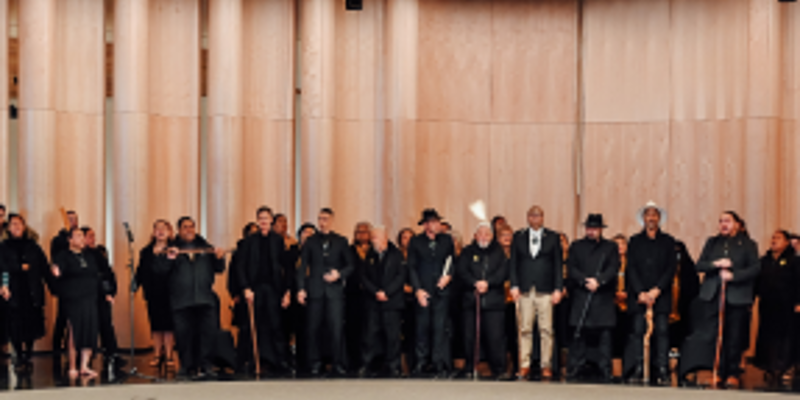
NWO Trust
The purpose of the Trust is to receive, administer, manage, protect and govern the Trust’s assets to ensure the cultural, commercial and social development of Ngāti Whātua Ōrākei for the benefit of it's members. -
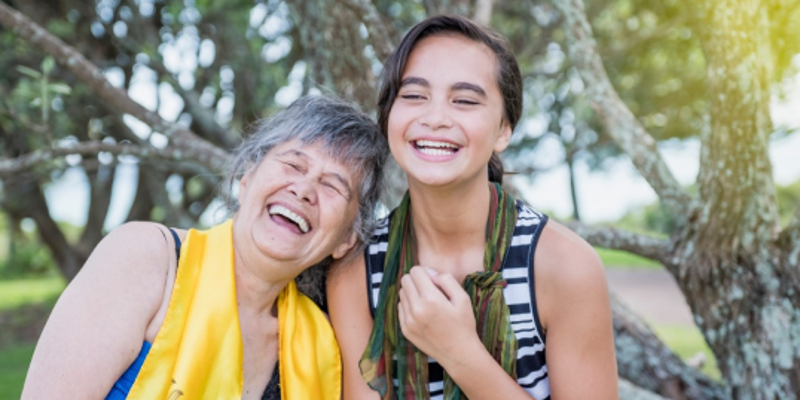
Whai Māia
Whai Māia is established as a charitable entity responsible for the social and cultural development of our people. With a focus on whānau outcomes and managing a large number of programmes covering areas such as health, education, small business and employment. -
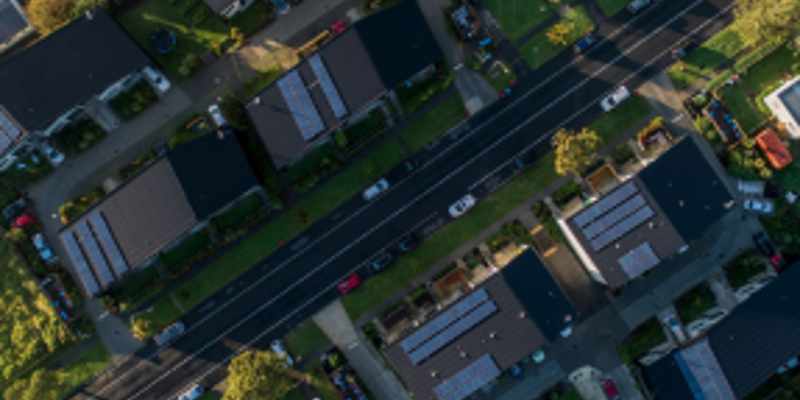
Whai Rawa
Whai Rawa is the commercial investment company of the Ngāti Whātua Ōrākei group responsible for protecting and growing our commercial assets.